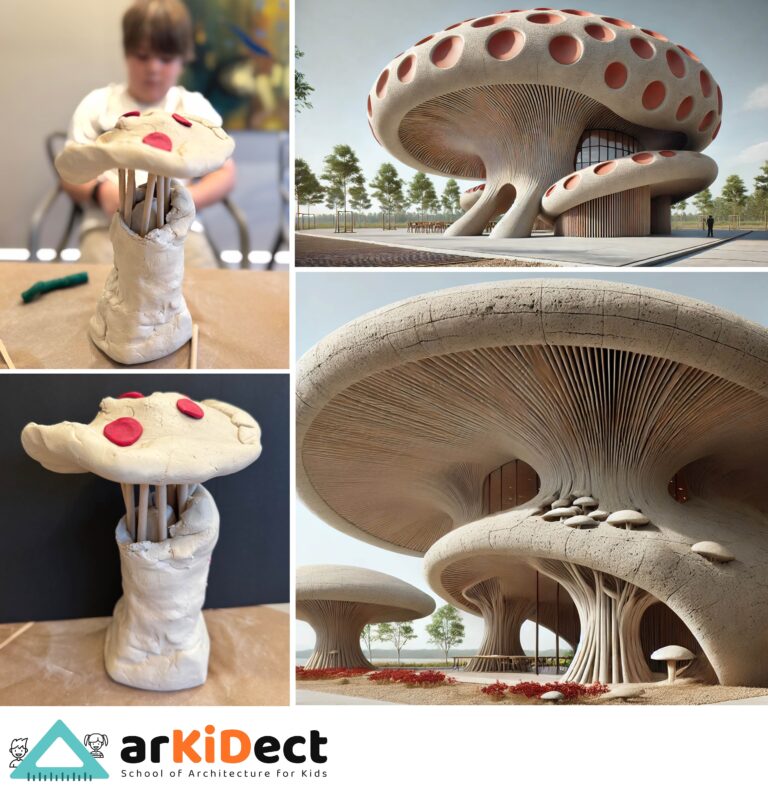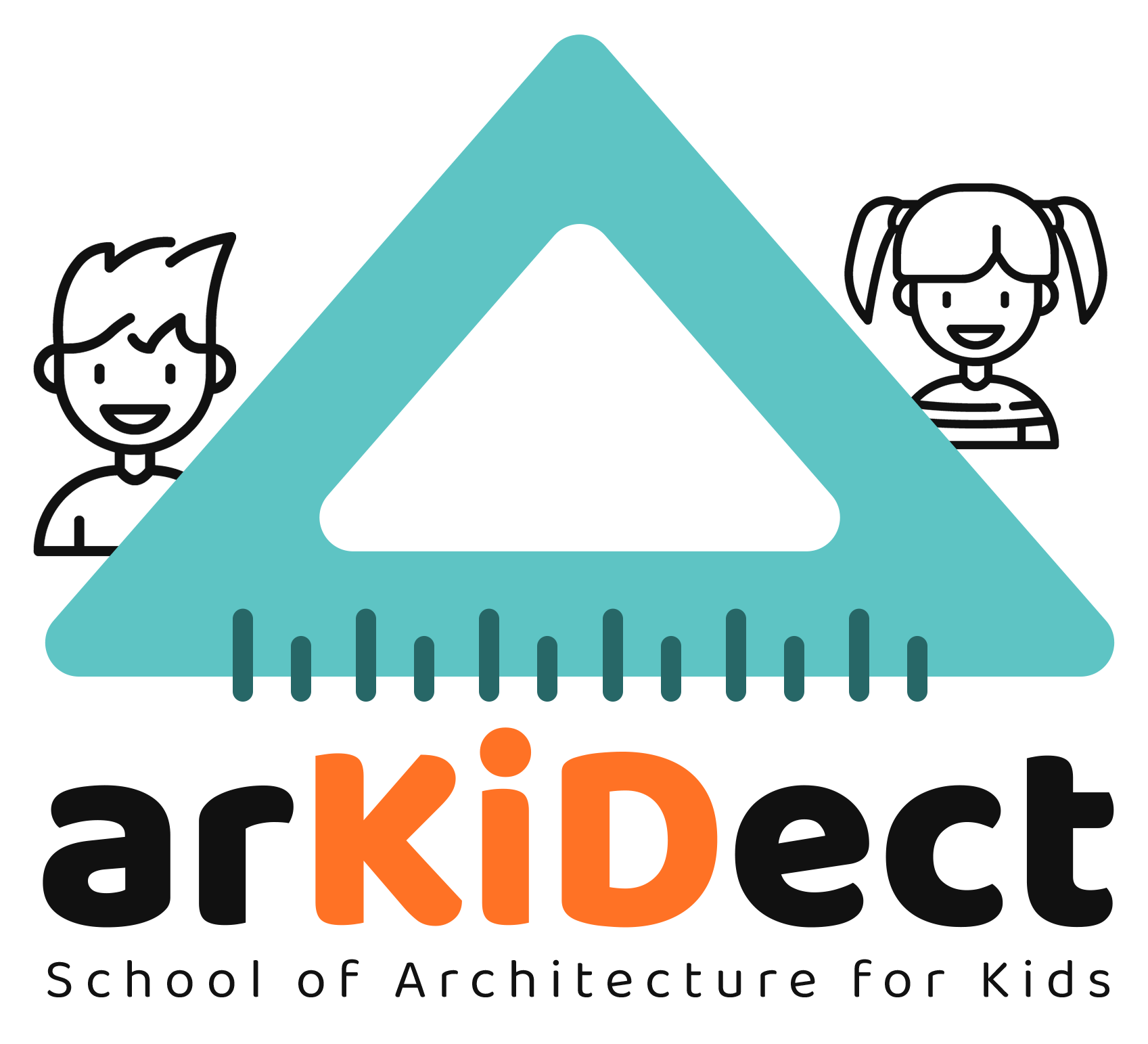
Every child learns in their own way—some see the world through pictures, others through movement, sound, or numbers. Recognizing these learning styles helps educators and parents create engaging and meaningful experiences, especially in a field like architecture, where creativity, problem-solving, and spatial thinking are key.
Different Learning Styles and How They Apply to Architecture
Educational psychologist Howard Gardner’s theory of multiple intelligences explains the different ways children process information. By understanding these styles, we can tailor architectural education to make it more effective and enjoyable.
1. Visual Learners
These kids think in pictures and grasp concepts best through images, diagrams, and spatial understanding. They enjoy sketching, model-making, and reading blueprints.
How to Engage Them in Architecture:
Encourage sketching and visualization exercises.
Use models and digital tools like SketchUp for 3D exploration.
Show real-life examples of buildings to spark inspiration.
2. Kinesthetic (Tactile) Learners
Hands-on learners absorb information by touching, building, and doing. They thrive when they can move and manipulate materials.
How to Engage Them in Architecture:
Provide hands-on projects using LEGO, clay, or cardboard.
Take field trips to experience real architecture.
Incorporate movement—building bridges from popsicle sticks or designing life-size playhouses.
3. Auditory Learners
These kids learn best through sound, storytelling, and discussion. They retain information when they hear it explained.
How to Engage Them in Architecture:
Use storytelling to explain the history of famous buildings.
Encourage group discussions and brainstorming.
Explore sound in architecture—how acoustics work in different spaces.
4. Logical (Mathematical) Learners
Numbers, patterns, and logical thinking drive these learners. They enjoy solving problems and working with structured concepts.
How to Engage Them in Architecture:
Teach how math shapes architecture—symmetry, geometry, and proportions.
Have them calculate materials for a small-scale design.
Explore the Fibonacci sequence and the Golden Ratio in famous structures.
5. Social (Interpersonal) Learners
These kids thrive in collaborative settings, learning best through teamwork, discussion, and group activities.
How to Engage Them in Architecture:
Organize group projects where students design and build models together.
Host architecture charrettes—design brainstorming sessions.
Use role-playing—students can take turns as architects, clients, or builders.
6. Solitary (Intrapersonal) Learners
Independent learners like to work alone, diving deep into subjects of personal interest.
How to Engage Them in Architecture:
Assign independent projects like designing a dream home.
Encourage journaling or sketchbook exercises.
Provide digital resources for self-paced exploration.
7. Naturalistic Learners
These learners connect with nature and are drawn to sustainable and ecological design.
How to Engage Them in Architecture:
Teach about green buildings and sustainable design.
Use eco-friendly materials for model-making.
Explore outdoor spaces and discuss nature’s influence on architecture.
Why Learning Styles Matter in Architectural Education
Architecture blends art, science, and technology. When children engage in ways that align with their natural learning style, they develop a deeper understanding of the built world while strengthening problem-solving, creativity, and critical thinking skills.
The Benefits of Teaching Architecture Based on Learning Styles:
✅ Boosts engagement – Kids stay excited when learning feels natural to them.
✅ Enhances creativity – Encourages thinking outside the box.
✅ Builds confidence – Understanding concepts in their own way makes kids feel accomplished.
✅ Encourages lifelong learning – Positive early experiences foster curiosity and exploration.
When we teach architecture in ways that resonate with how kids learn, we create an experience that’s not just educational but also inspiring. Whether they’re designing a city, building a model, or imagining spaces through storytelling, kids who engage with architecture in their own way develop a strong foundation for creative thinking and innovation. By embracing different learning styles, we can help shape the next generation of architects, designers, and problem-solvers who see the world not just for what it is, but for what it could be.
Join the arKIDect family today and help your child discover their creative potential!

